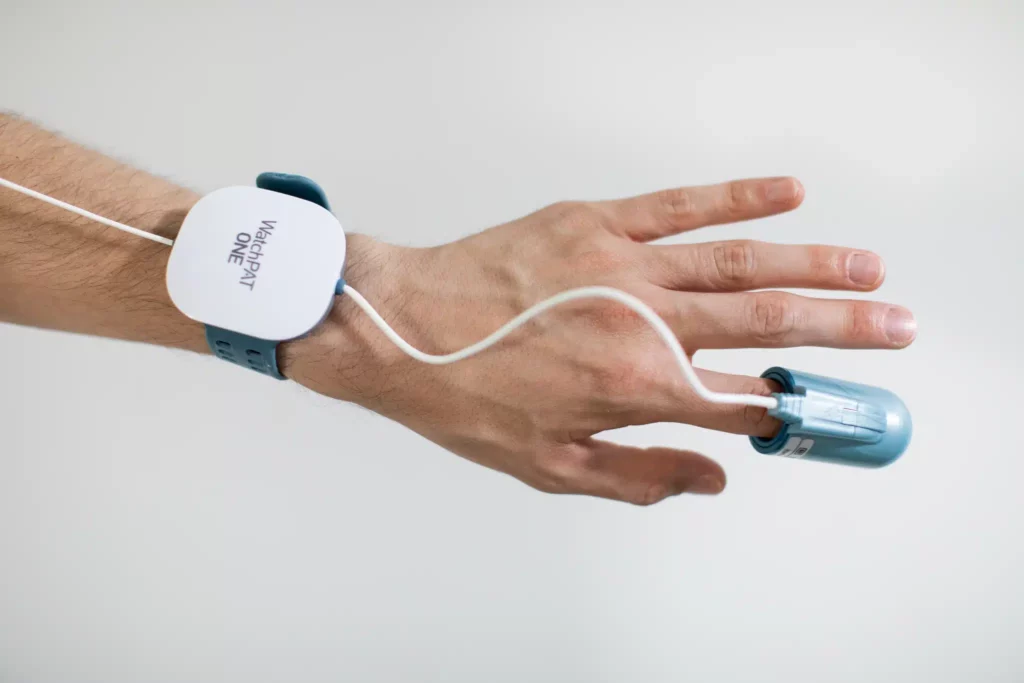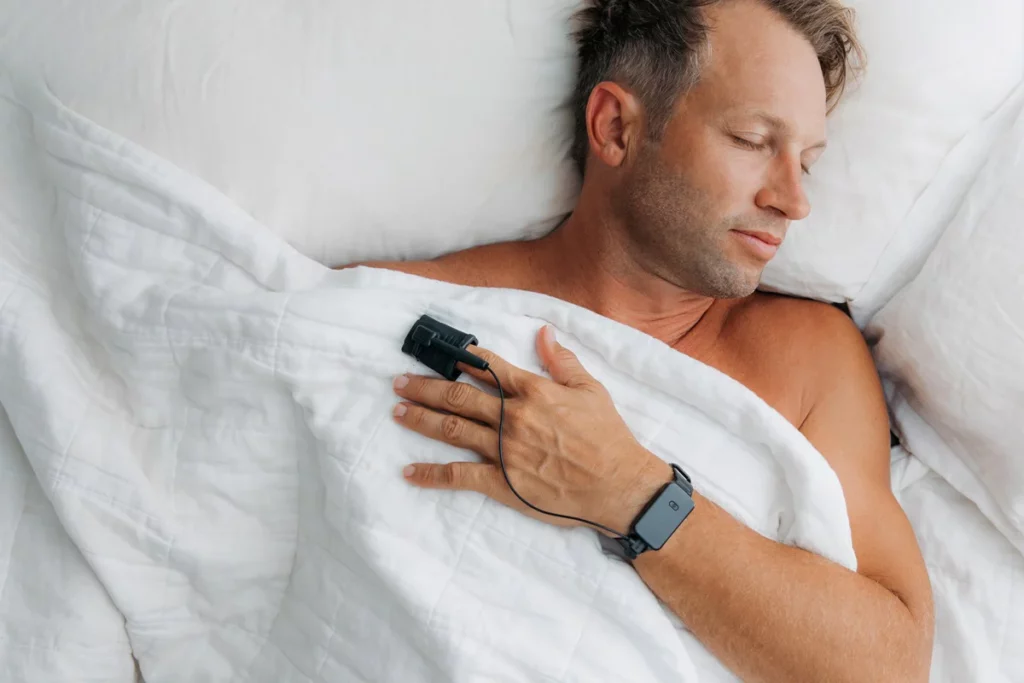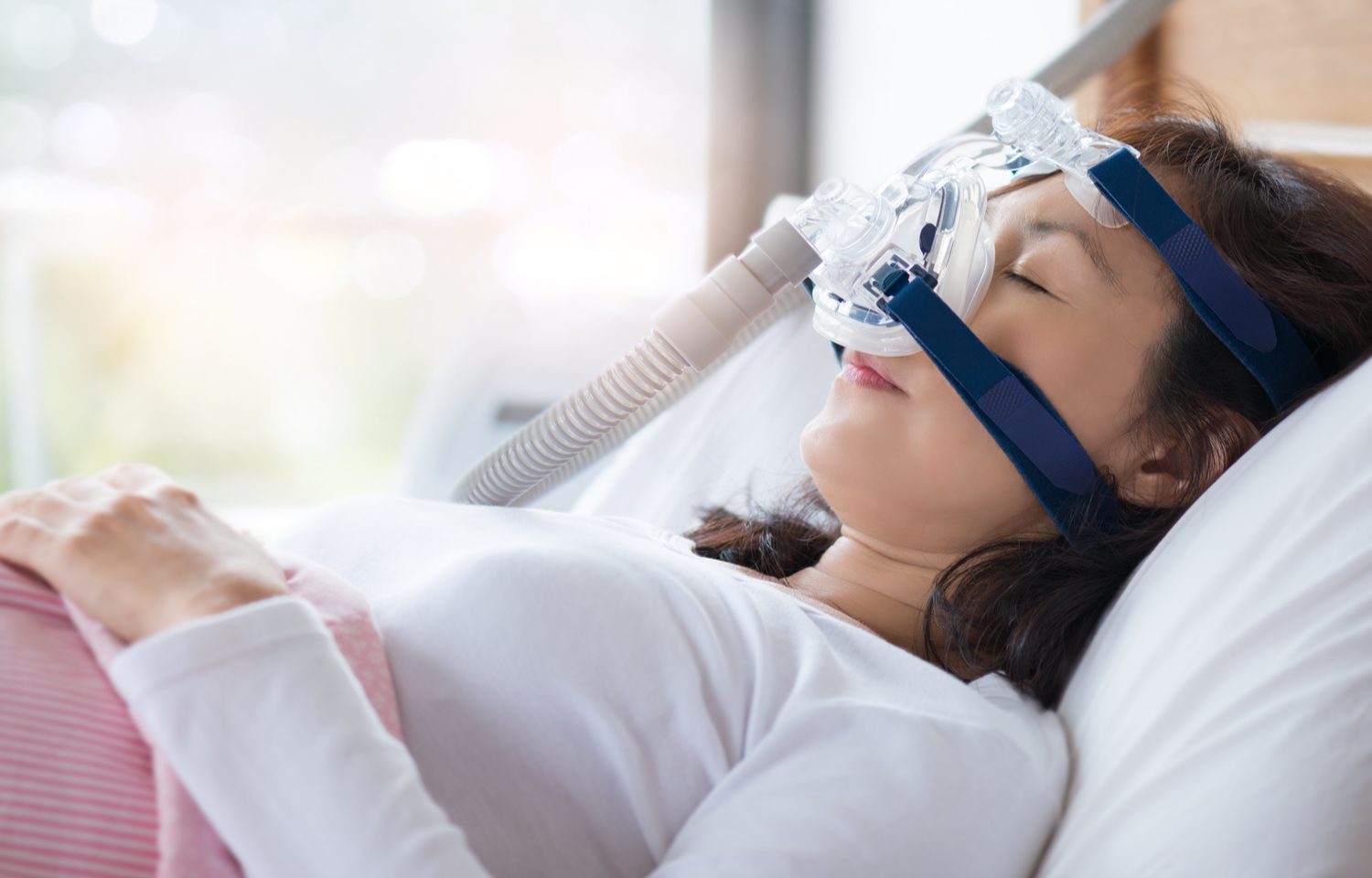Sleep is a vital component of overall health and well-being, yet millions of Australians struggle with various sleep disorders. Traditionally, diagnosing these disorders required patients to spend the night in a sleep lab, which can be inconvenient and stressful. However, the introduction of home sleep tests has transformed the landscape of sleep diagnosis. This article explores the importance of understanding sleep disorders, the traditional approach to sleep testing, the rise of home sleep tests in Australia, how to choose the right test, and essential preparation steps.
Understanding Sleep Disorders
Sleep disorders can significantly impact an individual’s quality of life, leading to daytime fatigue, decreased productivity, and even serious health issues. Understanding these disorders is crucial for proper diagnosis and treatment. Early intervention can improve sleep quality and overall health outcomes.
In recent years, home sleep test Australia have gained enormous popularity in Australia. These tests allow individuals to monitor their sleep in the comfort of their own homes, making them an increasingly attractive option for diagnosing sleep disorders.

The Importance of Diagnosing Sleep Disorders
Diagnosing sleep disorders is essential because many conditions, like obstructive sleep apnea and insomnia, can lead to severe complications if left untreated. These complications can include cardiovascular problems, diabetes, and even stroke. By accurately diagnosing sleep disorders, healthcare providers can implement effective treatment plans that enhance patient quality of life. Furthermore, the psychological impact of sleep disorders should not be overlooked; conditions such as chronic insomnia can contribute to anxiety and depression, creating a vicious cycle that exacerbates both sleep issues and mental health challenges.
Find about sleep study test at: What a Sleep Study Test Can Reveal About Your Sleep Patterns
Common Types of Sleep Disorders
There are several common types of sleep disorders that individuals may encounter, including:
- Insomnia: Difficulty falling or staying asleep.
- Obstructive Sleep Apnea: A condition where breathing repeatedly stops and starts during sleep.
- Restless Legs Syndrome: An uncontrollable urge to move the legs, often due to uncomfortable sensations.
- Narcolepsy: A brain disorder that causes extreme daytime drowsiness and unexpected sleep attacks.
Understanding these disorders can help individuals recognize symptoms in themselves or others, prompting timely consultation with healthcare providers. In addition to these common disorders, there are also less frequently discussed conditions such as parasomnias, which include abnormal behaviors during sleep like sleepwalking or night terrors. These disorders can not only disrupt the sleep of the affected individual but can also pose safety risks to themselves and others. Awareness of the full spectrum of sleep disorders is vital for fostering a supportive environment where individuals feel encouraged to seek help and improve their sleep health.
The Traditional Approach to Sleep Testing
Before the advent of home sleep tests, the standard method of diagnosing sleep disorders involved in-lab testing. This approach has its advantages but also some limitations that can make it less appealing to many individuals.
What Happens in a Sleep Lab?
In a sleep lab, patients undergo a polysomnography test, which monitors various bodily functions during sleep. This includes brain activity, eye movement, heart rate, and oxygen levels. The test takes place in a controlled environment, allowing technicians to closely observe patients as they sleep. Read more about oxygen at https://oxygen.patten.edu/
During the lab visit, patients are hooked up to several sensors, which can sometimes be uncomfortable. The setting can also be unfamiliar, leading to anxiety, which may affect the results. Consequently, some patients may not get an accurate representation of their sleep patterns. In addition to the physical discomfort, the psychological aspect of sleeping in a clinical environment can lead to a phenomenon known as “white coat syndrome,” where the presence of medical professionals exacerbates stress and disrupts natural sleep cycles.
Challenges of In-Lab Sleep Testing
There are various challenges associated with in-lab sleep testing. Aside from discomfort and anxiety, scheduling can also be a significant barrier. Many sleep labs have long waiting lists, making it difficult for patients to get timely evaluations. Additionally, the cost of in-lab tests can be prohibitive for some individuals, particularly if insurance does not cover it. The logistics of travel to and from the sleep lab can also add to the burden, especially for those living in rural areas or without reliable transportation.
These challenges have led to a growing interest in alternative testing methods, particularly at-home options that can provide convenience and comfort while still delivering accurate results. Home sleep tests often utilize portable monitoring devices that can track essential sleep metrics without the need for an overnight stay in a lab. This shift not only alleviates the stress associated with traditional testing but also empowers patients to take charge of their sleep health in a more familiar and relaxed setting. As technology advances, the accuracy and reliability of these home tests continue to improve, making them an increasingly viable option for those seeking answers about their sleep issues.
The Rise of Home Sleep Tests in Australia
How Does a Home Sleep Test Work?
A home sleep test typically involves patients using a portable device that records various sleep-related metrics. These metrics often include heart rate, airflow, blood oxygen levels, and snoring intensity. The devices are generally easy to use and are accompanied by clear instructions, allowing even those without medical training to manage the setup.
Once the test is completed, the data is sent to a qualified sleep specialist for analysis. These specialists interpret the data and provide a diagnosis as well as recommendations for treatment. In many cases, the results can lead to a quicker path to treatment, which is particularly beneficial for those suffering from conditions like sleep apnea, where timely intervention can significantly improve quality of life.

Benefits of Home Sleep Testing
The benefits of home sleep testing are manifold and contribute significantly to its rising popularity:
- Convenience: Patients can complete the test from the comfort of their own beds, negating the stress of an unfamiliar environment.
- Cost-Effectiveness: Home tests are often less expensive than in-lab testing, making them accessible to a broader population.
- Flexible Scheduling: Individuals can choose when to take the test, accommodating their personal schedules.
- Reduced Anxiety: Being at home allows for a more natural sleeping experience, potentially yielding more accurate results. Click here to read more about Anxiety.
These advantages contribute to why more Australians are opting for home sleep tests over traditional lab-based evaluations. Furthermore, the rise of telehealth services has complemented this trend, allowing patients to consult with sleep specialists remotely. This integration of technology not only streamlines the process but also enhances patient engagement, as individuals can discuss their results and treatment options from the comfort of their homes. As awareness of sleep disorders continues to grow, the accessibility and effectiveness of home sleep tests are likely to play a crucial role in improving public health outcomes across Australia.
Choosing the Right Home Sleep Test
Not all home sleep tests are created equal, and selecting the right one is crucial for obtaining accurate diagnoses and effective treatment. Various factors should be considered to ensure a suitable choice.
Factors to Consider When Selecting a Home Sleep Test
When choosing a home sleep test, consider the following factors:
- Device Features: Ensure the device tracks the metrics relevant to your symptoms.
- Provider Recommendations: Consult with a healthcare provider to identify trusted home sleep testing services.
- Data Accessibility: Verify how easily the results can be accessed and understood.
- Insurance Coverage: Check whether your health insurance covers the cost of the home sleep test.
By evaluating these aspects, you can make a more informed decision that aligns with your unique needs. Additionally, consider the ease of use of the device; some tests may require complicated setups or multiple sensors, which could lead to inaccuracies if not applied correctly. User-friendly devices that come with clear instructions and customer support can significantly enhance the testing experience.
Understanding the Accuracy of Home Sleep Tests
While home sleep tests are generally reliable, it’s essential to understand their limitations. These tests are primarily designed for diagnosing sleep apnea and may not capture other sleep disorders effectively, such as insomnia or narcolepsy.
Furthermore, the accuracy of home sleep tests can be influenced by user error during setup, environmental variables, and individual differences in sleep patterns. Therefore, follow-up evaluations and consultations with sleep specialists are critical to ensure comprehensive care. In some cases, a polysomnography test conducted in a sleep lab may be recommended for a more in-depth analysis, especially if the home test results are inconclusive or if multiple sleep disorders are suspected. Understanding the nuances of your sleep health can empower you to seek the most appropriate testing and treatment options.
Preparing for a Home Sleep Test
The success of a home sleep test largely depends on proper preparation. Taking the time to prepare ensures that you obtain accurate results and set the stage for effective diagnosis and subsequent treatment.
Steps to Take Before Your Home Sleep Test
Before your home sleep test, follow these steps to prepare:
- Consult Your Doctor: Discuss your symptoms and medical history with a healthcare provider.
- Review Instructions: Carefully read the instructions provided with the testing device.
- Avoid Stimulants: Refrain from caffeine and nicotine on the night of the test to promote natural sleep patterns.
- Set Up a Comfortable Sleep Environment: Ensure your bedroom is conducive to sleep, with minimal noise and comfortable bedding.
These steps can help create an environment that facilitates accurate testing results. Additionally, it may be beneficial to establish a calming pre-sleep routine. Engaging in relaxing activities such as reading a book, practicing deep breathing exercises, or taking a warm bath can help signal to your body that it’s time to wind down. This not only enhances your comfort level but also improves the quality of sleep during the test, leading to more reliable data.
What to Expect During the Test
During the test, you will wear the device according to the instructions provided. The setup usually involves attaching sensors to your body that will monitor your sleep without causing significant discomfort. After completing the test, simply return the device as directed.
Once the test is complete, your results will be analyzed by a qualified professional who will provide insights and recommendations based on the collected data. Understanding the process can help alleviate anxiety and set realistic expectations for the outcomes. It’s also important to note that while home sleep tests are convenient, they may not capture all the nuances of your sleep patterns as effectively as in-lab studies. Therefore, discussing your results with your healthcare provider is crucial to determine the next steps in your sleep health journey.
In addition to these preparations, consider keeping a sleep diary leading up to your test. Documenting your sleep patterns, including the time you go to bed, how often you wake up during the night, and how rested you feel in the morning, can provide valuable context for your healthcare provider. This information can help them better understand your sleep issues and tailor their recommendations to your specific needs. Remember, the goal of the home sleep test is not just to diagnose a potential disorder but to pave the way for a healthier, more restful sleep experience in the future.
